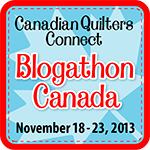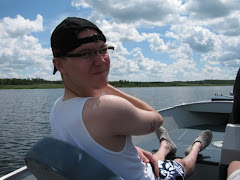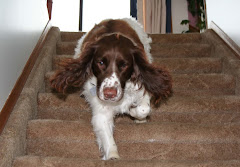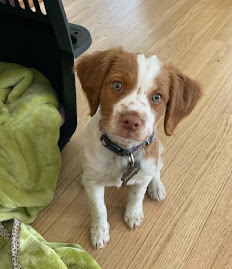I bought Ella from Wendy in Ontario who included 40 bobbins, most of which had thread. Bonus! Unfortunately, when the machine arrived the two-speed foot pedal was not working. The motor had no juice at all. A trip to the Brandon Sewing Centre, $70 CAD later, then Ella was ready to strut her stuff.
Not sure why, but Elna and Bernina usually provide two sewing machine manuals. The first book is specific to the basic operation of the sewing machine. The second manual contains more instructions on how to use the decorative stitches and add-on accessories.
These are the accessories that came with the machine.
The black disks or cams are loaded in the top, simply by pushing the centre piece down. The machine stitch length, and width have to be set at zero to change cams.
All the Elnas I have owned have a horizontal bobbin located behind the needle plate instead of ahead of it.
I find this location awkward. It is difficult to thread the bobbin correctly. The more times I thread it the easier it gets.On my green Elna Supermatic sometimes the bobbin cover would open while sewing which is a pain you-know-where. This lovely blue and white Elna Supermatic has an attached bobbin removal tool that works really well.
It is spring loaded like a needle threader and sits right behind the presser foot.
The first sewing project for my new toy was tea towels today. This 100% cotton fabric was washed, ironed, cut to size and then serged. Even though I have owned and used several sewing machines, I only have one serger. I bought it new in 1997, it works perfectly for all my overlock needs.Next the edge is pressed into place and hemmed. I miter the corners so the final step is bar tacks on the corners.
I used Ella to hem the tea towels. It sews very nice stitches. She runs quietly.
The corners are pinned into place.
This is before the bar tack. I'll make those with my Pfaff QE 4 because Big Bertha automatically ties off the stitches and cuts the thread.
Eight new tea towels.
Now for the fun stuff.. playing with the cams and free motion quilting.
The universal tension was perfect for all the stitching. The sample is 100% cotton fabric with 100% cotton batting sandwiched in between. I used polyester thread and a Schmetz 90/14 needle.On this machine the feed dogs do not drop, instead they are covered by a little steel plate. It makes a clicking sound and I could feel it under the fabric.
About half way through the free motion quilting, I took the plate off the feed dogs and covered them with a Queen Supreme Slider instead. This worked better.
The Elna Supermatic is a very nice all mechanical machine.
From looking at the back side of my stitch sample, there are loops on the free motion flower and little feather in the corner. This is me pulling the fabric faster than the machine was sewing, not a tension problem. It looks like I should not have switched the foot pedal speed from high to low to free motion quilt. Upon examining the decorative stitches the tension is excellent.
Recently, I became a contributing member of the Free Motion Quilting Challenge. Please feel free to check it out.
Have a super duper day all.
What are you sewing these days?


















































































































